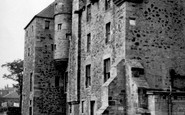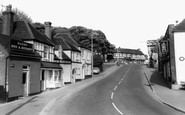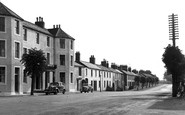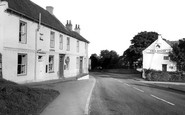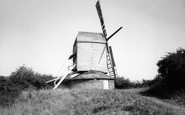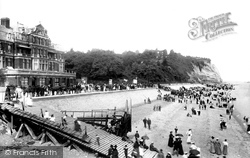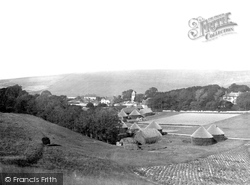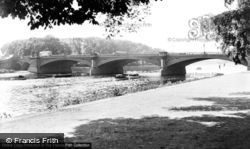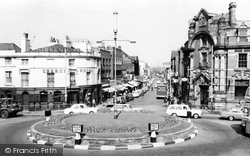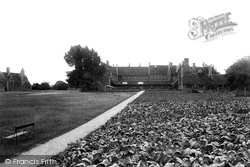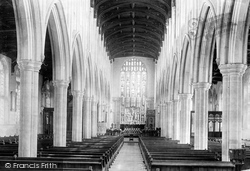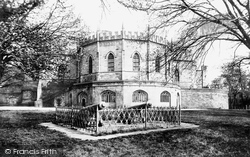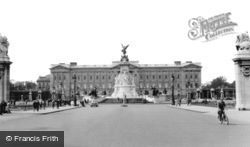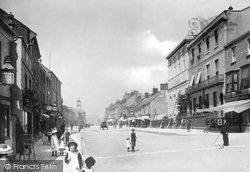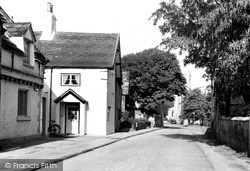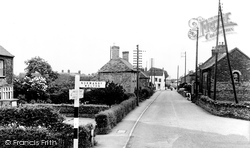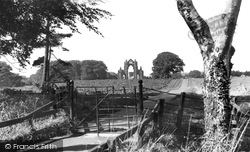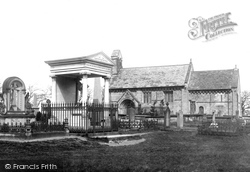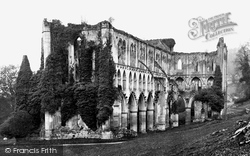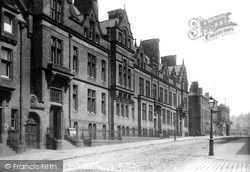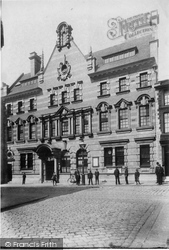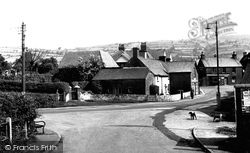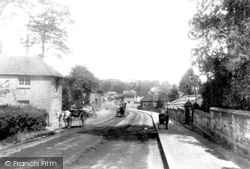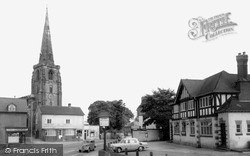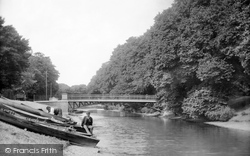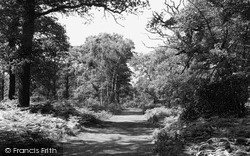Places
Sorry, no places were found that related to your search.
Photos
5 photos found. Showing results 961 to 5.
Maps
83 maps found.
Books
Sorry, no books were found that related to your search.
Memories
1,127 memories found. Showing results 481 to 490.
Wool Shop On Or Near Princes Street
My great-great-aunt's (sisters called Copland) kept a wool shop in Edinburgh in the 1800s. I have tried to find out about them but without much success. I would be delighted to hear from anyone with any knowledge of them or the shop. Many thanks. Jennifer Cook (Copland)
A memory of Edinburgh in 1880 by
Wreck ('wrack') Hall Farm
My grandmother's family originated on Canvey Island, farming at Wrack Hall from some time in the early 19th century until the death of my great great grandfather, Edward Morley, in 1863. Wrack Hall was so named because ...Read more
A memory of South Benfleet in 1880 by
Elizabeth Emma Wheeler
Hi My grandmother was Elizabeth Emma Wheeler, who, as far as I can ascertain, came from Watlington. I have not been able to find much information about her, even from her only surviving daughter. The only indication I ...Read more
A memory of Watlington in 1880 by
The Blacksmiths On The Green
My Great Grandfather, James Bartlett, was a Blacksmith using the Smithy on the Green possibly in the 1880's or thereabouts. If there is anyone out there who may have photos or memories of this time I would much appreciate hearing about them. With thanks
A memory of Chiddingfold in 1880 by
Escape To The Country
I travelled to Chipping Norton to start a new life. When I stepped off the coach on the high street and looked across the road I saw a very grand looking building and a sign saying The White Hart Hotel. My next ...Read more
A memory of Chipping Norton in 1880 by
Longtown High Street
My great-great grandfather was George 'Dood' McKie and he lived in a house about six doors beyond the Graham Arms Hotel which is shown in the Francis Frith photo number L203002. He was one of those Longtown characters who are ...Read more
A memory of Longtown in 1880 by
Local Police Constable
Don't know much about my g g Grandfather, Richard Whitaker, other than he lived in Green Hammerton with his second wife Emily Armstrong. He was the village copper, with three children from a previous marriage and I ...Read more
A memory of Green Hammerton in 1880 by
Kilburn Temperance Council Open Air Fête Event
I don't suppose there's anyone alive today who remembers this event but they would have to be about 143 years old! But as a shot in the dark, I wonder if anyone who remembers old Fairs ...Read more
A memory of Kilburn in 1880 by
Moving To New Southgate
I was born in Islington in 1968. When I was 12 we moved to New Southgate and I fell in love with the whole area instantly. New friends introduced me to Southgate and I was shown the Minchenden Oak for the first time. I ...Read more
A memory of Palmers Green in 1880 by
Elmers Mill Family History
Hi there. Harry Elmer (who I understand was my Grandad's brother) owned and ran this Mill into the 1940s. The Muggeridge Collection has some wonderful images of him replendent in the very gentlemanly working clothes of a ...Read more
A memory of Woolpit in 1890 by
Captions
1,233 captions found. Showing results 1,153 to 1,176.
Harriet Windsor-Clive, the Countess of Plymouth, took an interest in the layout of Penarth, owning much of the land in the locality.
Here we see a rural scene in a fold of the Downs - now much more wooded and obscured by trees. A stack yard is in the foreground, with round and rectangular corn ricks.
There is very much a Victorian suburban feel here, apart from the 1950s concrete swan-necked lamp-post.
This view looks towards the 1871 cast iron Trent Bridge from the Victoria Embankment, a view much changed today, with the awful West Bridgford Hotel of 1962 (now Rushcliffe Civic Centre) replacing
Much has changed since 1965. Traffic control measures mean that there is almost no legal parking in the area.
This is now the European School, and not much softened with age.
This style of building, with no chancel arch and a continuous roof, was common in large churches of this period.
Court sittings permitting, we can tour the castle today and see much of this fascinating place, including the condemned cell, and an early gallows.
It is obviously more restrained than the Victor Immanuel monument in Rome, but to some tastes not by much of a margin.
On the street, a new generation had not yet been born in the Victorian shot, but otherwise not much has changed.
When the Hall was eventually demolished in 1925, much of the stone was reused to build smaller properties in the village.
Actually, several more things have disappeared, including the signpost, which has been replaced by much smaller signs that are partially covered by the hedge.
Without doubt, this is one of the loveliest views in Guisborough, beloved of many Gisborians, and not least the author; the juxtaposition of the priory arch and the parish church is remarkable, with
The inner arch contains 40 beak heads, possibly suggesting the 40 days and nights of Christ's wilderness fast.
Much of the village was built from the stone of the old abbey. North York Moors
The County Magistrates' Court ran on simple and firm sets of rules, relying on moral and ethical principles as much as on legislature.
The men and boys outside the GPO are very much aware that a photographer is at work. On the right, one man wearing a cloth cap and another a bowler are standing side by side.
This view today is much the same as pictured here. The gateway in the stone wall (centre left) is now a garage door.
This has obviously not caused too much of a stir in sleepy Bedwas.
Much has changed in this view looking downhill northwards towards the station and the High Street, with the house on the left replaced by a Shell garage.
The church is built of a grey sandstone; the scraping of the interior has left it somewhat dull, but relieved by the royal arms dated 1684 above the chancel arch.
The canal also served a second purpose as a defensive dyke, though it is hard to see it as much of an obstacle to an army that would have already crossed the Channel!
Sherwood Forest once covered over 100,000 acres between Nottingham and Worksop, although the great ducal estates of the Dukeries enclosed much of the north part for their parks.
There was a chapel and even a 'practice school' for the intended 92 students (the numbers later much increased).
Places (0)
Photos (5)
Memories (1127)
Books (0)
Maps (83)

